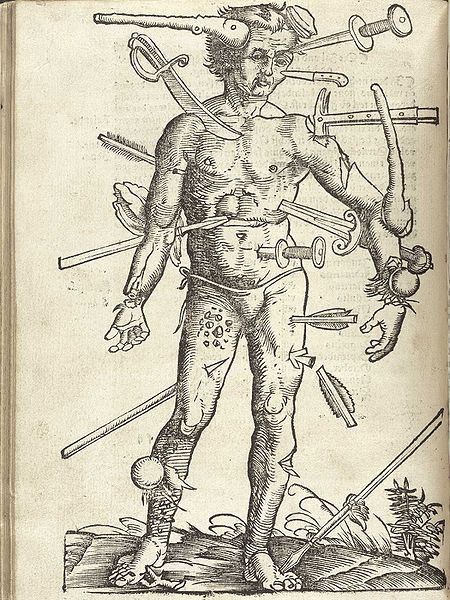Dominique Jean, Baron Larrey was a French surgeon and military doctor, who distinguished himself in the French Revolutionary Wars and the Napoleonic Wars. An important innovator in battlefield medicine and triage, he is often considered the first modern military surgeon.
Portrait by Larrey's sister-in-law, Marie-Guillemine Benoist (1804)
Larrey's ambulance volante, used to evacuate casualties from the battlefield
Larrey amputating the arm and leg of colonel Rebsomen at the Battle of Hanau, in 1813
Larrey's son, Félix Hippolyte Larrey (1808–1895), also became a military doctor
Battlefield medicine, also called field surgery and later combat casualty care, is the treatment of wounded combatants and non-combatants in or near an area of combat. Civilian medicine has been greatly advanced by procedures that were first developed to treat the wounds inflicted during combat. With the advent of advanced procedures and medical technology, even polytrauma can be survivable in modern wars. Battlefield medicine is a category of military medicine.
An illustration of the Wound Man, showing a variety of wounds from the Feldbuch der Wundarznei (Field manual for the treatment of wounds) by Hans von Gersdorff, (1517); illustration by Hans Wechtlin.
A wounded knight is carried on a medieval stretcher.
A US Army soldier, wounded by a Japanese sniper, undergoes surgery during the Bougainville Campaign in World War II.







